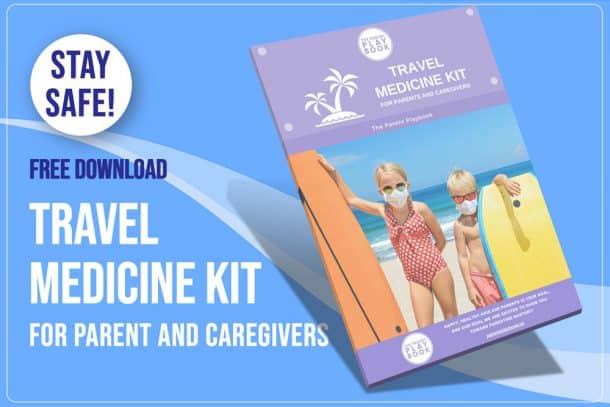Seborrheic dermatitis is a type of skin condition that causes scaly, crusty patches.
For infants, it’s called cradle cap and can result in a very dry scalp with flaky scales on the surface.
Cradle cap is a common skin condition in newborns and babies that causes rough patches on their scalp. Babies have soft, smooth skin, but cradle cap is present from time to time during this transitional period of life.
When you see these small patches beginning to form on your baby’s head, it might worry you at first. But don’t worry, seborrheic dermatitis is common and benign on a baby’s scalp.
Seborrheic Dermatitis in Infants
Cradle cap (seborrheic dermatitis in infants) is a common, harmless skin condition on a baby’s scalp. Typically it looks like yellow scaly patches with a red rash.
It doesn’t hurt or itch and won’t cause future hair loss or scars. The cradle cap will disappear by the time the infant is 12 months old. Baby’s cradle cap usually clears up on its own in weeks or a few months, but if you do not see any improvement, then home care measures can be helpful.
You should wash your baby’s scalp daily with a mild shampoo to loosen and remove the scales. Sometimes you will see baby’s hair start to come out when seborrheic dermatitis lifts off. This is okay; the hair was already shedding but was ‘glued’ in place by the cradle cap. Seborrheic dermatitis did not make your child lose hair. It was coming out anyway. You can use normal baby shampoo.
Apply baby oil or petroleum jelly, and don’t scratch the cradle cap. Some parents want to scratch off the yellow scales, but this may cause irritation and may make it worse.
Symptoms of Cradle Cap
Many parents believe cradle cap is caused by poor hygiene.
This couldn’t be further from the truth!
Cradle cap tends to appear between 2-6 weeks of life, but it can take up to 9 months for a baby’s scalp situation to clear up.
A patchy or greasy-looking hairline may indicate that your child has cradle cap. The cradle cap is not just on the top of the head.
Cradle cap can also be found behind the ears, on the forehead, and on the back. You might also notice white or yellow flakes (commonly referred to as dandruff) mixed with yellow scales forming near your little one’s ears, temples, and neck area, where they have lots of fine peach fuzz poking through.
Cause of Cradle Cap
A baby’s scalp can be susceptible to cradle cap, a condition that causes dry or rough patches that can be white or yellow.
Doctors are unsure of the root cause but believe it may come from oil glands in your child’s skin producing more oils than necessary and being ‘trapped’ by dead cells on their heads.
How to Avoid Cradle Cap
Cradle cap is common in young babies and typically does not point to poor hygiene or lack of care.
This may help prevent the buildup of scales on the scalp: Use a mild baby shampoo on the baby’s scalp a few times a week. Use a soft brush to gently remove the cradle cap from the baby’s head, use mild baby shampoo when you wash your baby’s hair, shampoo often, and apply some olive oil after bathing.
Final Words
Cradle cap is a common condition that affects some babies.
The scaly patches on the scalp will go away by themselves, but if you are concerned or would like to treat it at home, try brushing your baby’s hair and washing their head frequently with shampoo.
There may also be a few oils in your medicine cabinet that can help remove the cradle cap, such as olive oil, coconut oil, and mineral oil. After trying them out for two weeks straight, if these don’t work for you, speak with your doctor about other possible treatments.
FAQ
Is it true that too much heat causes cradle cap?
Heat may increase symptoms; however, there is no evidence to call it the cause.
What causes cradle cap?
We do not know the root cause of the cradle cap.
Is cradle cap dangerous?
No! Cradle cap is not dangerous and will resolve on its own.









